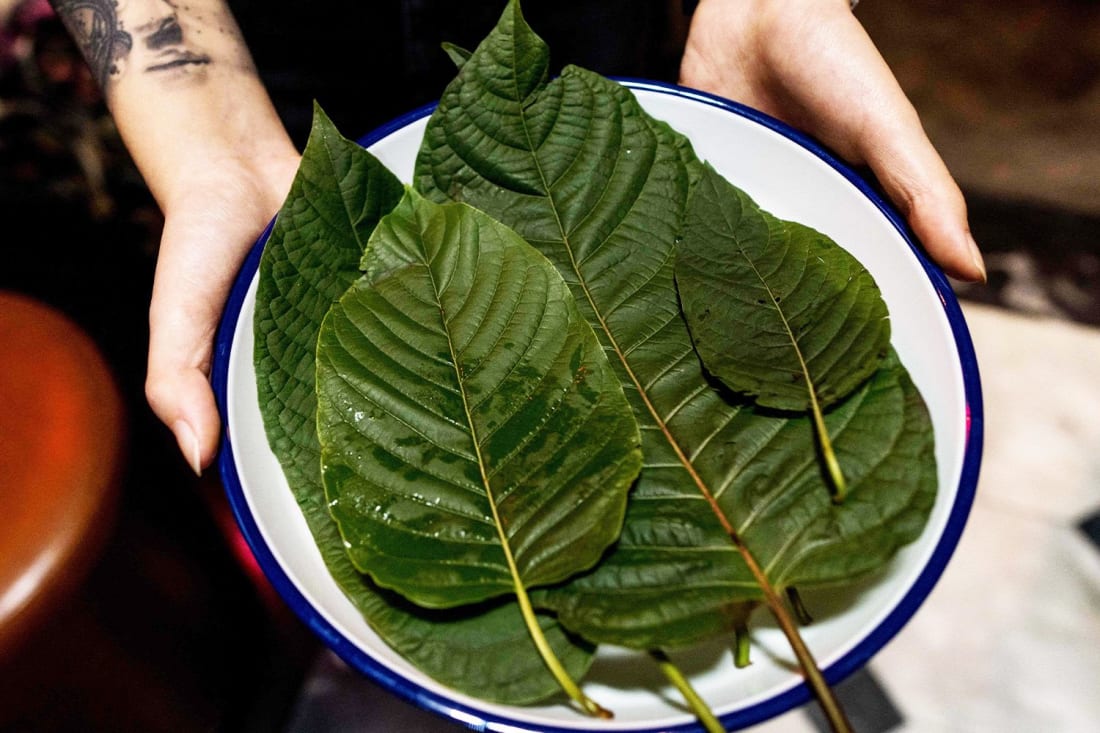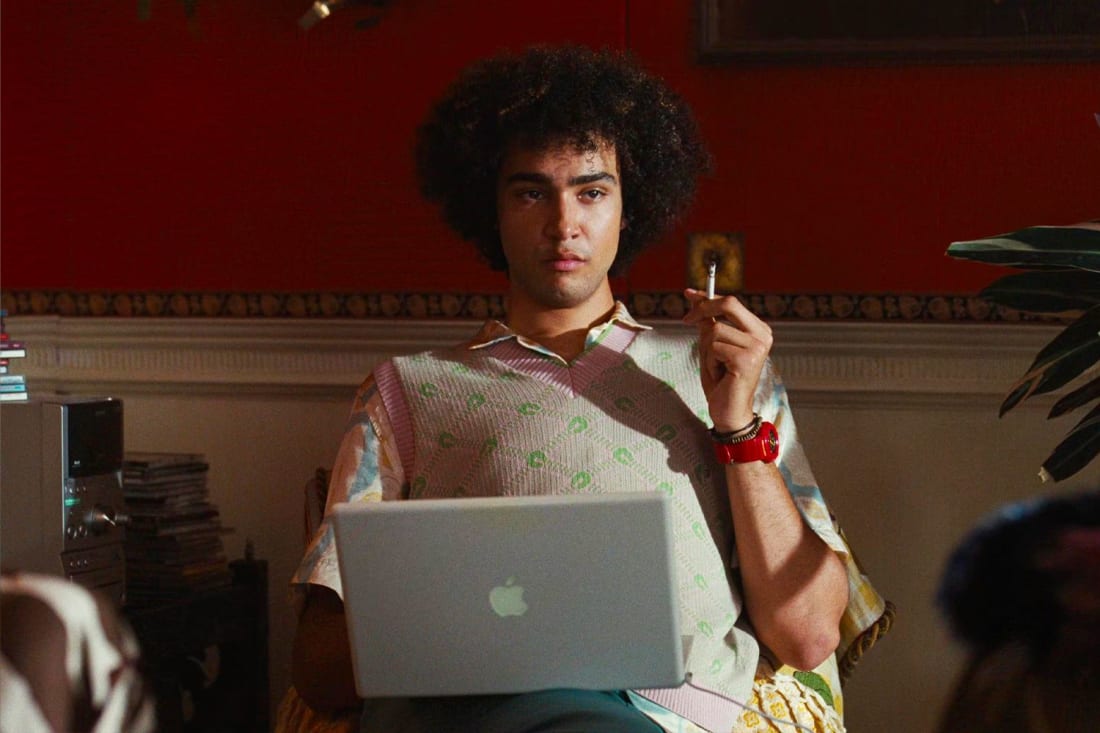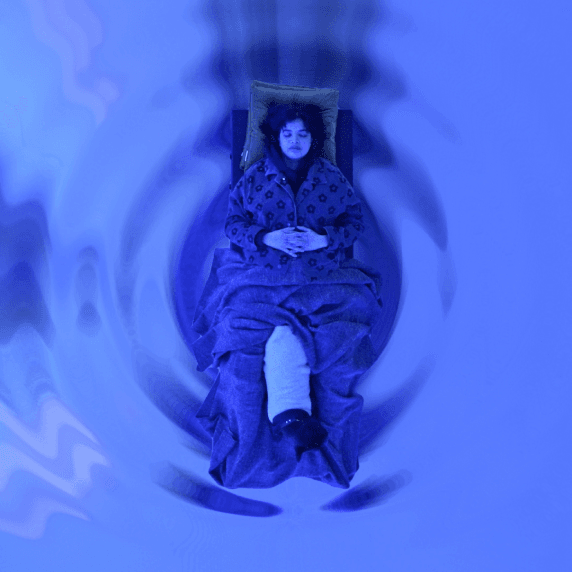‘What’s in my bag’ videos are normalising disability and chronic illness
Creators on TikTok are helping highlight an essential truth: disabled people aren’t that different
Creators on TikTok are helping highlight an essential truth: disabled people aren’t that different
What’s in my bag? Before I can even consider throwing in my keys and bank cards, I’ve got to make sure I’ve got all the real essentials. Beta blockers. Painkillers. A pulse oximeter to check my heart rate. Earplugs. Electrolyte tablets. Powerade. Of course, I’ve also got fun stuff: lip balm, a book, make-up, hair clips, cute keyrings. My bag is like anyone else’s, except for the fact that it looks a little like the inside of a very adorable first aid kit.
While most days I drag around a Hello Kitty tote, my favourite is a baby pink Prada Re-Nylon bucket bag that I bought as a gift to myself in Paris. It’s been with me for some of the biggest days of my life, but it’s more than an accessory. Even on my wedding day, it needed to be full of things that would keep me alive and healthy. Packing is a delicate process that makes leaving the house take a while, because my needs might change day to day. I’ve got a lot going on, but the main thing is a medical condition that, among other things, at times makes my heart rate triple what it should be. That makes me at best exhausted, and at worst, pass out. If I forget something that could control those symptoms, my entire outing could be derailed.
On TikTok, disabled and chronically ill creators are using the ‘what’s in my bag?’ trend, whereby they share the stuff they carry around, to advocate for different conditions and normalise our needs. The fun thing is that all of these videos differ so wildly from one another – the disability community isn’t a monolith. In one, disability activist Spencer West shares the contents of his wheelchair bag: among things like hand cream and pens, he also needs a pill organiser, masks, and more lip balm than you would think anyone might require.
In another, Naomi Kilmany, 23, who documents her life as an endometriosis sufferer, shares her supplements, medications, heat pack, migraine relief and other bits. Another sees a creator giving us insight into their wheelchair bag: medication, hydrolyte, an emesis bag and a disabled parking permit among their keys and purse. In a video by a diabetic fashion creator, a foldable tripod nestles alongside a blood glucose meter and a vial of insulin.
These videos function on multiple levels: on one, it’s just fun to be nosy. But it also allows people to share tips and tricks on the things that help them to function out of the house. Above all, though, it gives people a way to normalise their conditions and connect with a rich community of people who understand their life. Kilmany is a disability advocate and content creator. After her condition worsened in 2021, she was left unable to work. “My life completely changed and I was left feeling incredibly scared and isolated, grieving a loss of parts of myself and abilities I once had,” she tells woo. “I started to document my journey on social media as a way of connecting with a community of people in similar circumstances that I didn’t have access to in person. As I continued posting and learning from other people in the chronic illness and disabled community, I learned about the power of these online communities and the benefits they provide to people in similar circumstances.”
Kilmany creates a ton of content around her endometriosis and life as a disabled person, but with her ‘what’s in my bag?’ videos, she feels she can offer a glimpse into the reality of living with illness and disability and the things we have to consider before leaving the house. “This kind of content helps disabled viewers feel represented in a way we often don’t see in the media. It can also provide advice or tips on what they might also like to put in their bag.” She adds that creating lifestyle content about our experience helps to show that, while in some ways our experiences and lives are different, in others, we’re just the same: “I like lip gloss too!”
Fern, 26, makes ‘what’s in my bag?’ videos as a way of sharing their experience as a disabled autistic person. They carry a cane, sweets, headphones, and a ton of stim toys and fun sensory products like body sprays. They say they love to watch these videos because it gives them an idea of other things they could carry. “I also like to show off my own cute things, and maybe help other disabled people feel more ‘normal’ by showing that I have fidgets and meds and noise cancelling headphones with me every day.” He says that many disabled people don’t know other disabled people in real life, and don’t realise that it’s normal or possible to accommodate themselves: “If I can help someone feel less alone, I want to.”
‘What’s in my bag?’ videos might seem like a frivolous way to connect with humanity, but they give people a chance to share the reality of their daily life while highlighting an essential truth: we are not that different. We might need to carry around medication or needles or complicated looking machinery, but we also just want to buy cute stuff. We imagine medical equipment or accessibility tools as being boring, clunky or confined to nurse’s bags and first aid kits. These videos show that inside many fashionable, cute bags in the world are even more adorable ways of storing things that could save a person’s life. If you have no choice in your disability or illness, why not make it as cute as possible?
Being disabled can be a lonely, alienating experience. Not only can we often feel left outside of the able-bodied world, but our conditions are often so different from one another that it can be hard to find common points to connect on. Despite that, the community on TikTok and elsewhere online show that it’s not only possible but essential to create rich, multi-layered bonds with one another that transcend our individual conditions and focus on our shared experiences and similarities. ‘What’s in my bag?’ videos are just one way of doing that, but dig a little deeper and you’ll find one of the most welcoming and active communities online.



















